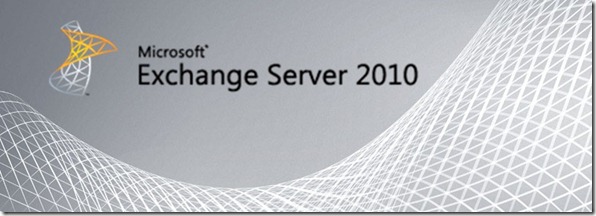Exchange Server 2010 SP1 Available
Yes, I know I’m a bit late with this post, but it is better late than never, right??? :-)
On August 25, 2010, Exchange Server 2010 SP1 RTM’d (technically released to Web) and is available for download here.
The Exchange team continues to take feedback from customers and make tweaks and enhancements to Exchange Server so that we can make life better for our customers. In this latest Service Pack, enhancements were made in the following categories:
New Deployment
Client Access Server Role Improvements
Improvements in Transport
Permissions
Exchange Store and Mailbox Database
Mailbox and Recipients
High Availability and Site Resilience
Messaging Policy and Compliance
Unified Messaging Server Role Improvements
Audit Logging
Support for Co-Existence with Exchange Online
Support for Multi-Tenancy
All of these items are explained in detail in the What’s New TechNet Article so I’m not going to spell out every single one of the enhancements or changes. Rather, I am going to highlight my top 5 items (remember, this is my personal opinion of the top 5).
- New Deployment: During the installation, you can now have Exchange install the required Windows roles and features! I have received boat loads (that’s a very big number) of emails from folks asking for help with installing the required Windows components for Exchange 2010 (or even 2007 back in the days). The hardest part was the configuration of the IIS stuff.
- Internet Calendar Publishing: I can now publish my calendar to the Internet directly using Exchange. I take advantage of this feature so that I can easily share my work calendar with my wife.
- Personal Archive enhancements: Personal Archive can now be stored in a different database than the Primary Mailbox. Also, I can delegate access to my Personal Archive. For the larger organizations who need to import tons of .PST files, it is now possible to import directly into the Personal Archive using the New-MailboxImportRequest cmdlet.
- Outlook Web App improvements: I love the fact that Themes are back! Also, from a management perspective, configuration is now stored in AD and can be managed via a cmdlet.
- Support for Multi-Tenancy: Now if you are running multiple companies on your Exchange Server, it is easier to separate things out as if you are a hosting company (like Exchange Online). Or perhaps you are a hoster, now it is sooo much easier to use Exchange Server 2010 SP1 natively to support this scenario.
I can go on and on, but I think those are some key ones right now that I personally find helpful.
